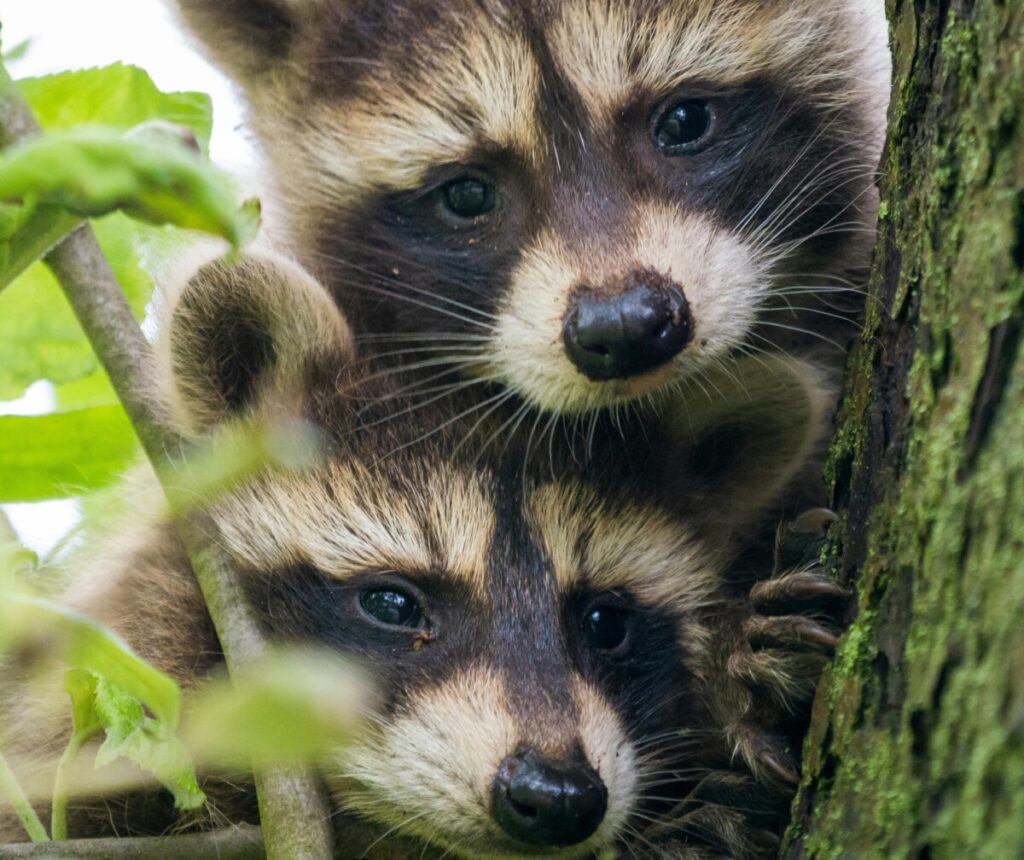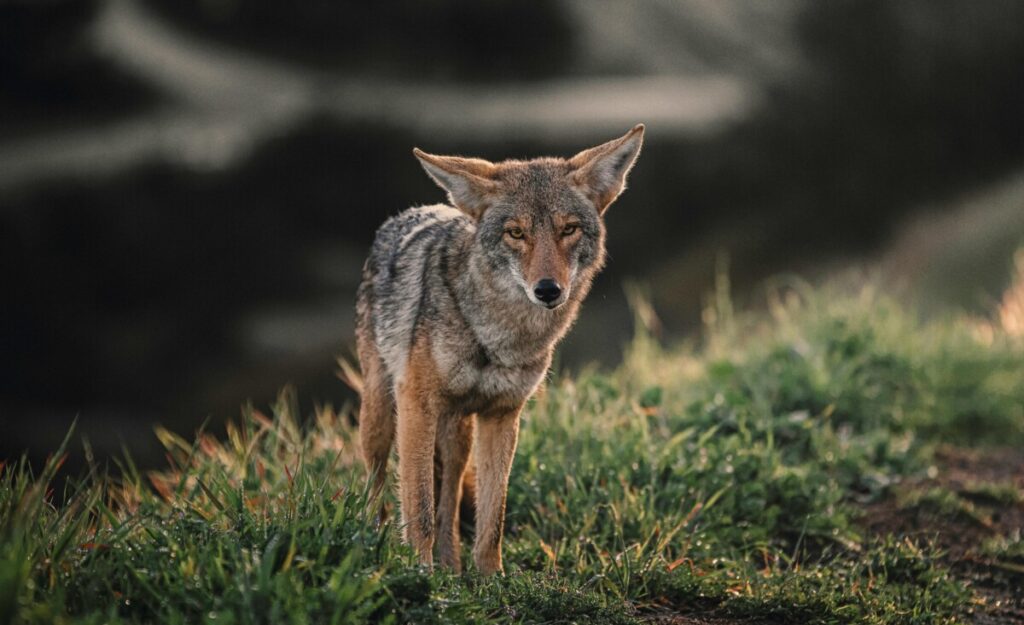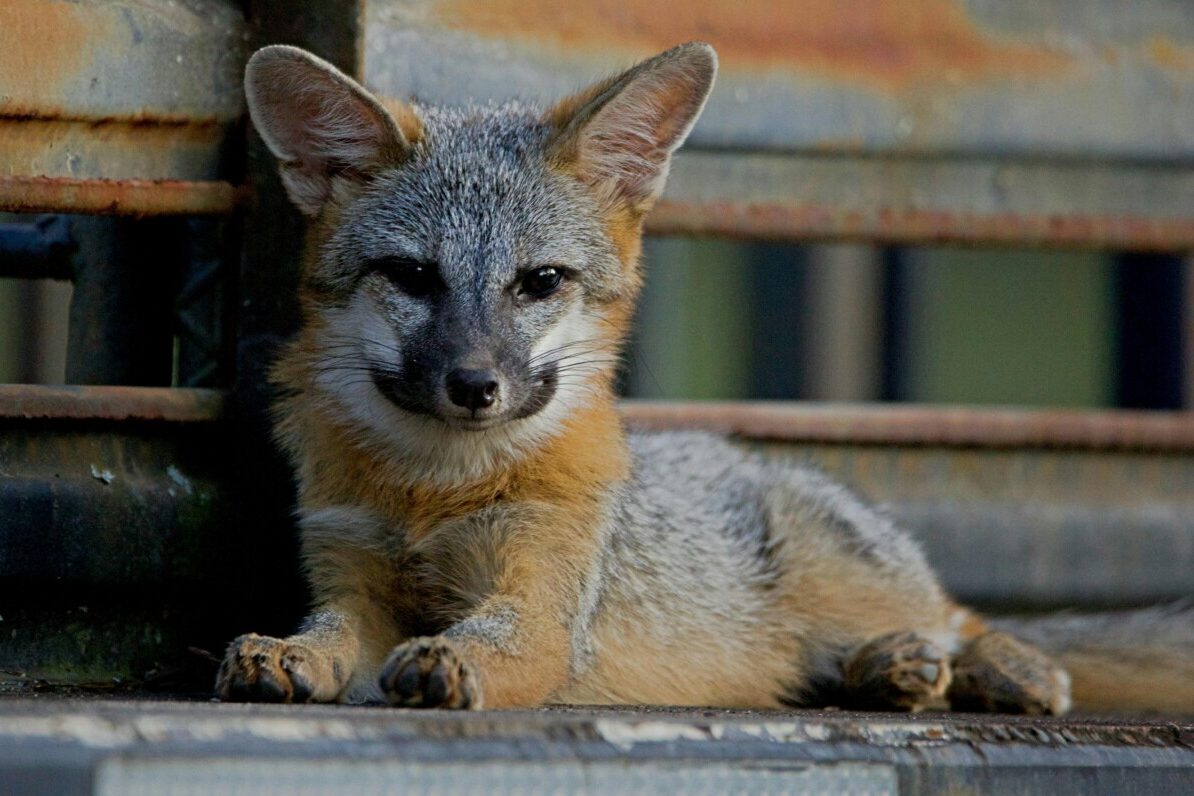
The Wonders of Dallas Wildlife
How We Coexist with Urban Wildlife in Dallas
From opossums and armadillos to foxes and coyotes, the array of wonderful wildlife who make their homes in Dallas is vast. While a rare sighting can delight some, others find some of these critters daunting. Spending time educating yourself on the benefits and precautions for each of these majestic mammals can aid in appreciating them. Discover more about the various species of Dallas wildlife that walk among us and how we can coexist peacefully together.
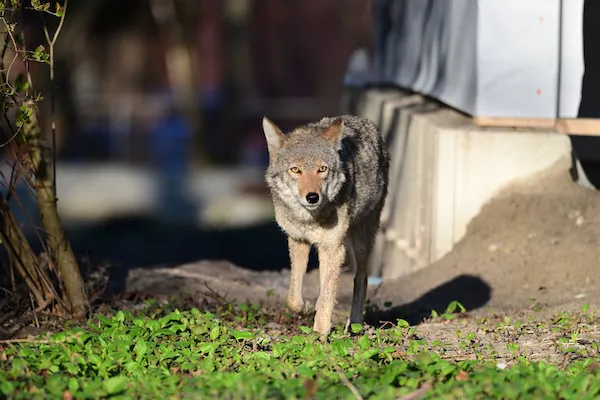
What Draws Wildlife to Dallas and its suburbs?
Dallas and its surrounding areas boast numerous creeks, parks, and undeveloped suburban areas, which draw various species due to ample green spaces, foliage, water supply, and other natural resources. Often feasting off small rodents, rabbits, unsecured compost, trash, and sadly even small pets, wildlife inhabits our urban dwellings for many reasons. On top of our ample natural resources, these highly adaptable animals can easily find shelter and a vast supply of human-provided and natural food. Urban and suburban areas also offer less competition and predation than rural areas. Although it may seem like there is a rise in sightings of more aggressive wildlife, it’s largely due to technology. With the expansion of phone and doorbell cameras and social media networks, more images and videos are captured and easily relayed to the public.
Common Dallas Wildlife
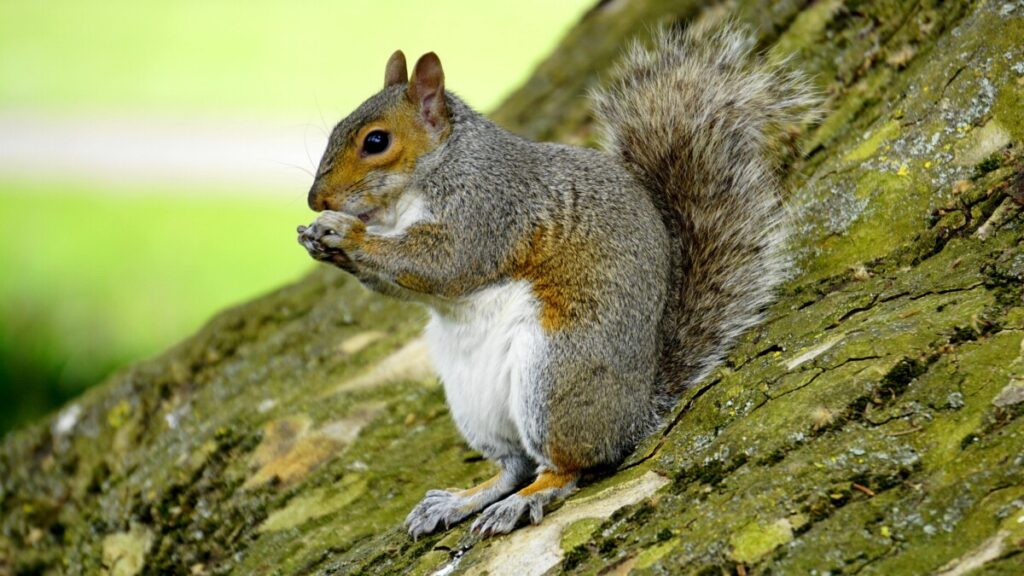
1. Squirrels
Probably the most commonly seen critters in the Dallas wildlife scene are squirrels. Their chattering and chasing antics offer endless entertainment for dogs and humans alike, but they can become a nuisance to our gardens with their endless digging. Common varieties found around town include the Eastern Cottontail and the Fox Squirrel.
Benefits of Squirrels in Urban Areas:
- Adaptability: These clever creatures can find shelter anywhere and survive upon human-provided and naturally occurring food sources.
- Seed Dispersal and Reforestation: Squirrels bury nuts and seeds to save for later, but the forgotten ones often germinate and produce new trees.
- Soil Aeration: Bothersome burying and digging can help aerate the soil for better water penetration and nutrient distribution, benefiting plant health.
- Food Source for Predators: An essential part of the urban food chain, squirrels are food for hawks, owls, foxes, and coyotes.
- Entertainment and Connection to Nature: Squirrels are one of the most accessible forms of wildlife. Their amusing antics engage onlookers and offer a small but consistent connection to nature.
The Downside and Dangers of/for Squirrels:
- Property Damage:
- Garden and Landscape Destruction: From digging up flower bulbs, feasting on fruits and vegetable crops, and stealing birdseed, squirrels can create constant frustration for gardeners and bird lovers.
- Chewing: To keep their teeth filed down and prevent overgrowth, squirrels need to gnaw. This can cause significant damage to homes, electrical wires, wooden structures, insulation, plastic pipes, and even furniture to remove the stuffing for their nests. They also love to chew tree bark—some of their favorites are pecan trees and Japanese maples.
- Nesting in Structures: Squirrels often seek shelter in attics, crawl spaces, walls, and chimneys and leave unsanitary waste.
-
Nuisance: Noisy early morning disruptions and bothersome begging can be a nuisance to some.
-
Competition: In some areas, introduced species can outcompete native squirrel species for resources and habitat, reducing native populations. Squirrels also compete with birds for bird feeder sustenance.
-
Road Mortality: Squirrels have a higher mortality rate in the city due to their daring daunts through traffic.

2. Rabbits
While rabbits are cute, and elicit joy as we watch their cotton tails bob and weave, they can be an annoyance for gardeners and attract unwanted predators in search of prey.
Pros of Rabbits
- Endearing: Adorable rabbits delight young and old and connect us with nature.
- Food Source: Rabbits maintain the ecosystem by feeding predators like bobcats and coyotes.
Cons of Rabbits:
- Nuisance to gardeners: Rabbits love to munch on many types of seasonal color and tender landscape plants, plus lettuce, carrots, and other garden produce.
- Attract predators: Since rabbits are popular prey, their presence can attract unwanted predators.
Tips to Deter Rabbits
- Maintain your landscape: Bushes and shrubs should be trimmed 6-10 inches above the ground.
- Eliminate cover: Rabbits love densely wooded brush and low cover.
- Add Garden Bed Deterrents: Use fencing, mesh, or raised beds to protect gardens. Scent deterrents (vinegar, garlic powder, ammonia) can also be applied to plants by spraying or soaking in cotton balls.
- Seal openings: Rabbits search for space to den under porches, sheds, or decks.
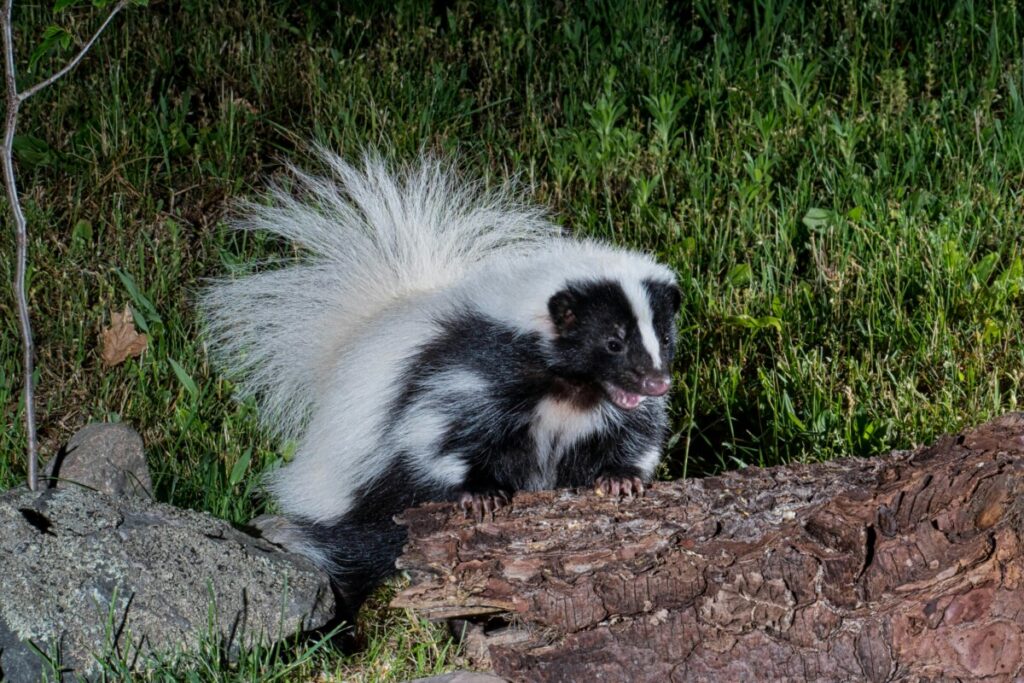
3. Skunks
5. Opossums
The only marsupial in North America, these prevalent, highly adaptable critters are nature’s custodians. They assist in controlling the pest population and their non-aggressive nature allows them to peacefully coexist with humans and many other species of Dallas wildlife.
Opossum Benefits
- Natural Pest Control: The omnivores of Dallas wildlife, opossums have a diverse diet that includes:
- Insects: Consuming common garden pests like slugs, snails, beetles, cockroaches, and crickets, they are a gardener’s favorite wildlife friend.
- Rodents: They reduce the populations of mice and rats, to many homeowners’ chagrin.
- Carrion (Dead Animals): The clean-up crew of Dallas wanders the city feasting upon decaying carcasses and reducing the spread of disease.
- Snakes: Possessing a partial immunity to many native snakes’ venom, possums prey upon rattlesnakes and copperheads.
- Ticks: These avid groomers inadvertently consume thousands of ticks that latch onto them each season, potentially assisting in limiting tick-borne diseases like Lyme disease.
- Low Rabies Risk: While any mammal can contract rabies, opossums’ low body temperature limits the rabies virus’ ability to survive and replicate effectively in their system.
- Passive Nature: Typically shy and non-aggressive, these clever creatures protect themselves from predators by “playing possum” (feigning death) and falling limp, drooling, and emitting a foul odor.
- Ecological Role: These scavengers and omnivores are a crucial component of the urban ecosystem’s food web and nutrient cycling.
Cons of Opossums:
- Scavengers: Opportunistic opossums are attracted to:
- Unsecured Trash
- Outdoor Pet Food
- Fallen Fruit/Garden Produce
- Undesirable Denning: Since they don’t build dens, they will seek shelter in abandoned woodpiles, under decks or sheds, and utilize existing burrows to access crawl spaces or attics. This can cause unwanted noise, odors, and structural damage, and invite smaller pests through their entry points.
- Landscape Damage: Grub foraging can disturb lawns and gardens.
- Interactions with Pets: Though usually passive, an opossum could defend itself if cornered by a curious dog or cat, especially at night.
- Disease Transmission: While rabies is rare, they can potentially carry other diseases and parasites that can be transmitted to pets or humans with direct contact:
- Leptospirosis
- Toxoplasmosis
- Fleas, Ticks, and Mites
- Equine Protozoal Myeloencephalitis (EPM)
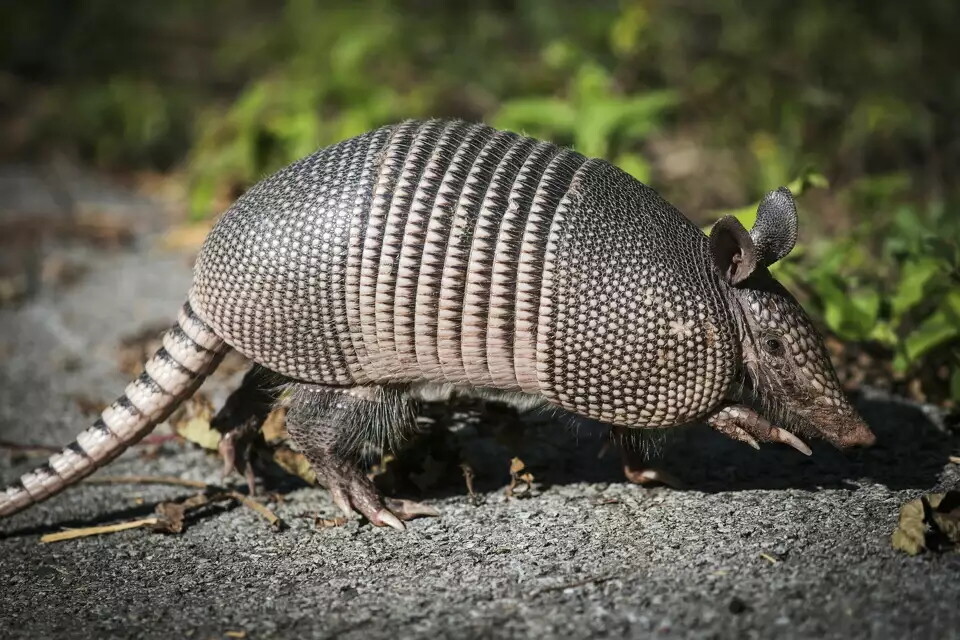
6. Armadillos
Spanish for “little armored one”, an armadillo’s flexible armor consists of overlapping epidermal scales composed of keratin (the same material as our fingernails). It assists them while burrowing and shields them from environmental hazards and predators like coyotes, bobcats, dogs, and large birds of prey.
Similar to opossums, these highly adaptable, solitary, nocturnal creatures can also be spotted on the solo prowl for food throughout the late-night hours. Both creatures possess poor eyesight, relying primarily on their adept sense of smell and hearing to navigate their surroundings and forage for food.
Armadillo Benefits:
-
Natural Pest Control: These impressive insectivores primarily feed on grubs, beetles, ants, termites, and other soil-dwelling invertebrates, which can help minimize damaging lawn pests in grasses and gardens. They may also consume small snakes, lizards, and frogs, helping to regulate these populations.
-
Soil Aeration: An unintentional benefit of their foraging activities is soil aeration, which can promote plant growth.
-
Unique Wildlife Observation: An urban armadillo sighting is an awestriking encounter with nature.
Cons of Armadillos:
-
Damage to Lawns and Gardens:
- Digging: Their persistent digging for insects can create numerous shallow holes in lawns, flowerbeds, and vegetable gardens, disrupting the surface and potentially damaging plant roots.
- Burrowing: They also create burrows for shelter, which can be unsightly and may undermine structures like sidewalks, patios, and foundations.
-
Potential for Property Damage: Digging and burrowing can damage underground utilities, cables, home foundations, and sprinkler systems.
-
Noise Disturbance: Their nightly foraging and digging can be noisy near homes.
-
Potential Disease Carriers:
- Leprosy: While the risk of transmission to humans is very minimal except through direct contact, and most of us possess natural immunity, armadillos can carry the bacteria that causes leprosy.
- Rabies: Although less common than in other mammals like raccoons or skunks, armadillos can still contract and transmit rabies.
- Internal Parasites: Armadillos can also carry nematodes, tapeworms, and trypanosoma cruzi (which causes chagas disease).
-
Attract Other Pests: Disturbed soil from digging armadillos can allure other pests such as rats, mice, and other undesirable rodents into homes, sheds, garages, and other structures.
-
Difficult to Relocate: Once armadillos establish themselves, these ornery critters can be challenging to remove effectively and humanely. While measures can be taken to lure an armadillo out from an undesirable location, do not try to remove an armadillo yourself. Trapping and relocating wildlife can also have negative consequences for both the animal and the ecosystem.
To remove an armadillo from under your house in Dallas, contact a professional wildlife control service:
Dallas Fort Worth Wildlife Control
Critter Stop
AAAC Wildlife Removal of Dallas
Critter Control of Dallas
Trutech Wildlife Removal.
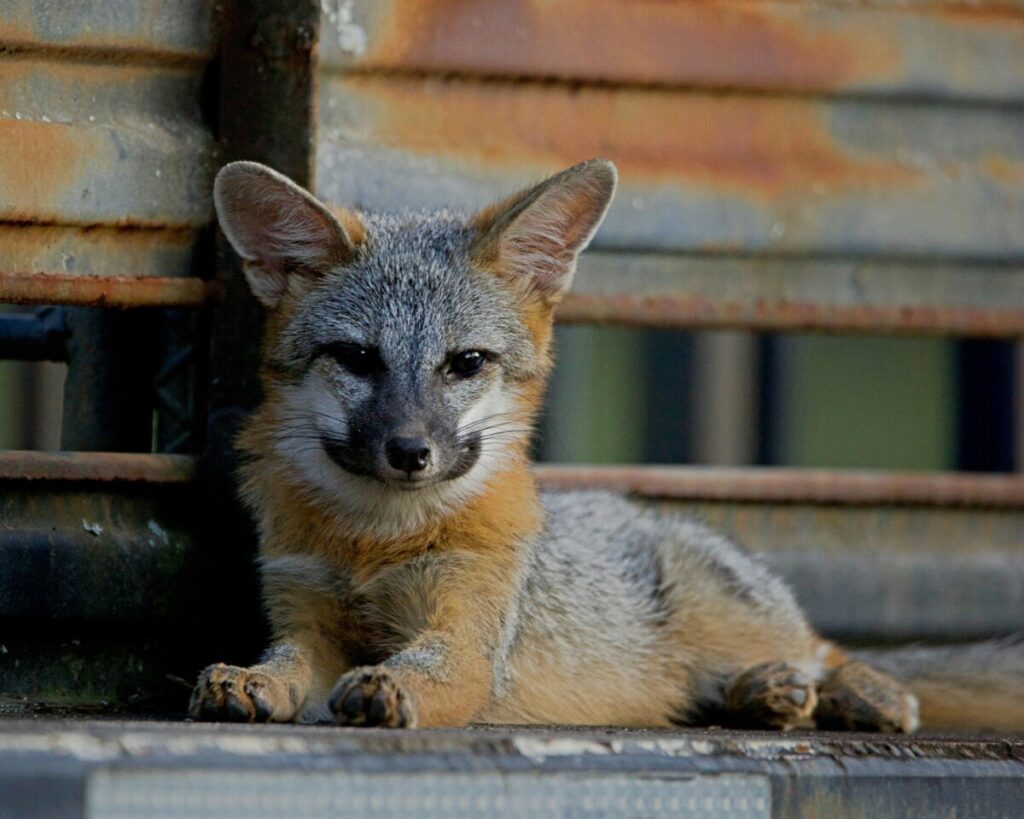
7. Foxes
These fleet, fascinating mammals roaming our city and suburbs are very adaptable. Sightings of these night walkers are rare, due to their swift nature and fear of humans. However, foxes can be spotted in areas with a large rodent and rabbit population. As avid climbers, they are attracted to habitats with ample green spaces and trees. The gray fox is the most common fox species native to Texas. While red foxes are also present, they are not native to this region.
8. Coyotes
Coyotes play several key roles in our Dallas ecosystem and beyond, however, recent incidents of coyotes injuring pets and children have caused some alarm in our local area. Taking essential precautions like securing pets and teaching children healthy respect and preventative safety measures can help us peacefully coexist with coyotes.
To report a coyote sighting, call 469-676-9813. Dallas Animal Services also offers a coyote tracking map.
Benefits of Coyotes
- Population Control: Coyotes help reduce the number of rodents, rabbits, and small mesopredators such as raccoons, skunks, and foxes. This can benefit ground-nesting birds and other wildlife whose young often become prey.
- Scavenging: Coyotes will also feast upon dead animals, leaving our environment healthier.
- Maintaining Ecosystem Health: Their role as a top predator helps keep balance in the food web by maintaining herbivore populations and reducing overbrowsing on vegetation.
- Adaptability and Resilience: Coyotes can thrive in all types of habitats, and their presence within urban and suburban landscapes indicates a degree of ecological resilience.
Cons of Coyotes
-
Threat to Pets: The top concern for pet owners is their pets being perceived as prey.
-
Increased Risk of Aggression Towards Humans (when habituated): Coyote attacks on humans become higher when they lose their instinctive fear due to intentional or unintentional feeding. They are also more prone to aggression when protecting their den and their young.
-
Nuisance Behaviors and Property Disturbance: Howling, trash raiding, digging, eating pet food, denning in undesirable locations, and raiding trash are among the top annoyances of coyotes.
-
Disease Transmission: Coyotes can carry and transmit rabies, distemper, parvovirus, mange, fleas, ticks, and internal parasites.
-
Perceived Overpopulation and Conflict: Due to the lack of natural predators and the abundance of resources in Dallas and beyond, coyote populations are expanding, creating a perception of “overpopulation” and heightened anxiety for humans.
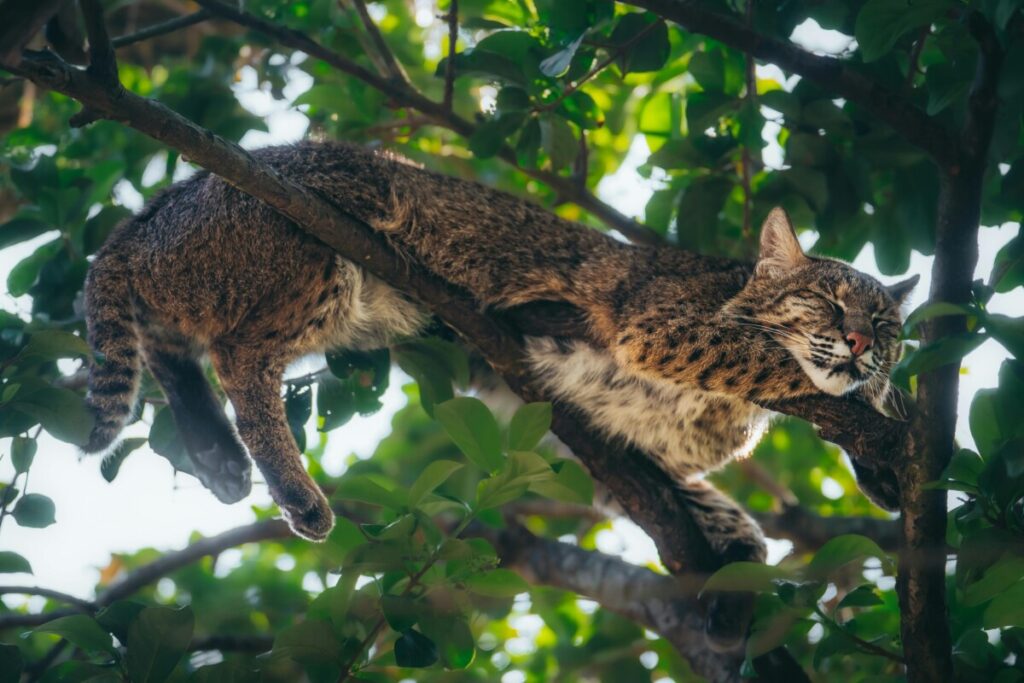
9. Bobcats
Bobcats boast a large presence across Dallas and its suburbs, and sightings are quite common. While humans may worry about them, they possess an instinctive fear of us, which helps them maintain a safe distance in most situations.
Benefits of Bobcats
- Natural Pest Control: Bobcats rid our neighborhoods of excess rodents and rabbits, limiting their populations and preventing overgrazing on vegetation.
- Control of Other Small Predators: Bobcats will prey on smaller carnivores like skunks, raccoons, and foxes, benefiting ground-nesting birds and wildlife.
- Maintaining Ecosystem Balance: These mid-level predators play an essential role in the food web. Their presence in our area keeps the balance within the ecosystem by reducing the populations of their prey and preventing a single species from achieving dominance to impede the natural order.
- Indicator Species: An ample bobcat population can be a sign of a healthy ecosystem, supporting a diverse range of wildlife.
- Native Wildlife Diversity: Bobcats are native to Texas and contribute to the biodiversity and natural heritage of the Dallas area.
- Disease Control: Because they help reduce rodent and rabbit populations, bobcats indirectly limit the spread of diseases that these animals can carry.
Dangers and Detriments of Bobcats
-
Threat to Pets: Since bobcats can easily scale the typical residential fence, they pose a risk to small pets, livestock, and poultry.
-
Nuisance Behaviors and Property Disturbance: From scattering the remains of their prey to noise, unpleasant odors, and denning in undesirable locations, bobcats can be quite the nuisance.
-
Disease Transmission: While the threat of disease spread from bobcats is low, they can transmit a serious and often fatal tick-borne parasitic disease to domestic cats called cytauxzoonosis (“Bobcat Fever”). While this illness is transmitted by ticks, not directly from bobcats, their presence in an area means there’s a higher chance of infected ticks. Although rare, bobcats, like all wild animals, can also transfer rabies and other parasites.
-
Perceived Threat: Seeing a bobcat can spike fear and concern, but Dallas City News assures us that “Bobcats are not typically considered a threat to humans, but may attack pets. It is unsafe for them to lose their natural fear of people.”

How to Protect Pets from Dallas Wildlife
Dallas Animal Services’ recommendations for responsible pet owners:
- Ensure your yard is secure.
- Keep pets on a leash if out walking.
- Maintain current vaccinations.
- Don’t leave pets outdoors at night.
- Secure enclosures for chickens, rabbits, or other small pets housed outdoors.

Additional Preventative Measures
Bobcats and coyotes instinctively want to protect their young (who wouldn’t?), so they pose the most threat during mating and denning season. Mating season begins in mid to late winter and denning can occur into early spring, so take extra precautions during the early part of the year.
Most conflicts between Dallas wildlife and humans or pets are due to erroneous human behavior. To minimize the potential dangers and nuisances of any of the above animals, take these preventative measures from Dallas Animal Services:
1. Eliminate Food Sources:
- Secure trash and compost.
- Don’t feed wild animals.
- Eliminate outdoor pet food and water.
- Clean up scattered birdseed.
- Harvest fruits and vegetables promptly.
2. Eliminate Shelter:
- Seal crawl spaces: Wildlife may seek shelter under porches, decks, and crawl spaces, so secure these areas with sturdy wire mesh.
- Landscape maintenance: Keep lawns mowed and trim shrubs and tree branches to reduce hiding places for wildlife. Contact us to get on a regular maintenance schedule and keep your yard (mostly) inhabitant-free year round.
- Secure outside buildings: Look for any gaps or entry points in sheds, garages, and other outdoor structures to prevent denning in undesirable locations.
3. Haze Bold Animals:
- Make Noise: If you encounter a wild animal that isn’t immediately retreating, make loud noises by yelling, banging pots and pans, or using an air horn or whistle.
- Appear Larger: Wave your arms above your head to make yourself look bigger.
- Throw Objects: Toss small rocks or other objects towards (but not directly at) them to scare them away.
- Use Water: Spray them with a hose or water gun.
- Be Consistent: Consistent hazing reinforces their natural fear of humans.
4. Report Concerns:
- Aggressive Behavior: If you observe any Dallas wildlife acting aggressively towards people or pets, contact Dallas Animal Services immediately by calling 311. For immediate threats, call 911.
- Sick or Injured Animals: Report any sick or injured wildlife to Dallas Animal Services or a local wildlife rehabilitation organization.
Important Reminders:
- Never approach or try to touch a wild animal.
- Do not corner a wild animal; always leave an escape route.
- Teach children to never approach or interact with wildlife.
- Be aware of increased activity during mating and denning seasons.
By implementing these preventative measures, we can ensure the safety of our pets and loved ones and enjoy peacefully coexisting with Dallas wildlife.
Resources:
Wildlife Refuges and Nature Centers near Dallas:
These organizations offer observation opportunities and protected habitats for a variety of Dallas wildlife:
- Trinity River National Wildlife Refuge
- Heard Natural Science Museum & Wildlife Sanctuary
- North Texas Wildlife Center
You May Also Enjoy:
5 Ways to Multiply Your Leisure With Landscape Concierge Services
The Healing Effects of Green Spaces

